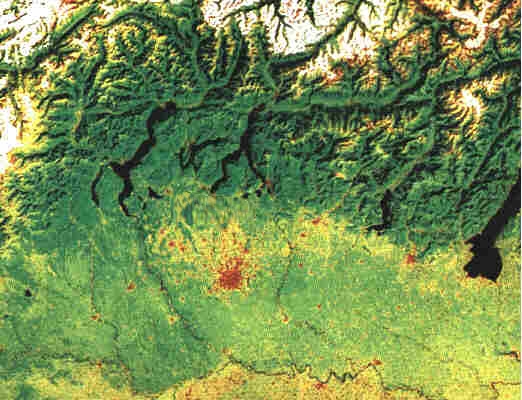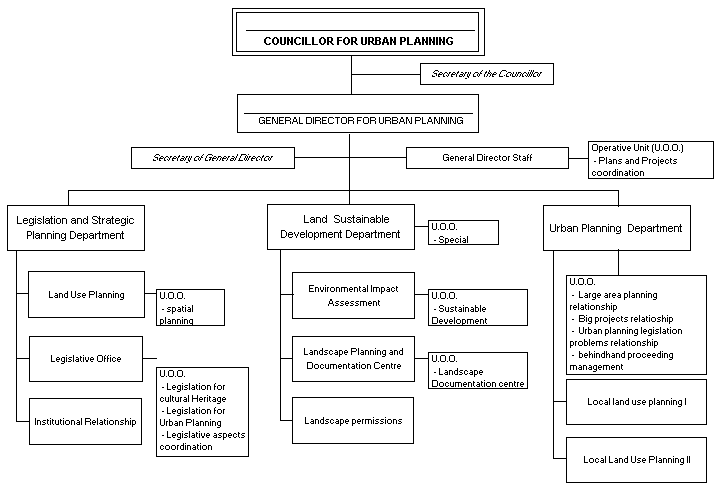
Documentation / Online Handbook
| Lombardy Region: The Metropolitan area of Milan |

The metropolitan area of Milan lies in center of the Lombardy region. It is made up of the provincial capital Milan and further 186 municipalities, with a surface of 196,368 hectars. The global area is about the hole Province of the Milan.
The metropolitan areas, instituited by the national law n.142/1990, hasn’t been formally approved by the Region yet; so far the legal competence on local land use planning is in the hand of the 187 municipalities, even if the Region has the power to approve large area plans and regional plans for specific part of the regional territory.
The population is 3,750,000 inhabitants, distribuited according to the following: 1.369 millions in the city of Milan and 2.369 millions in the rest of the province.
The metropolitan area presents many different levels of soil occupation and settlements models. The core and the northern side of the metropolitan area are characterized by compact urban settlements, with the highest density in the city of Milan and in the city neighboroughs (7,500/8,500 inh/km²). This area presents a high level of surface sealing (more then 70%) and density. The most part of urban development is located in the north side, along the principal road network.
In the southern side the land presents different uses and it is characterized by low density settlements (urban sprawl). The wide countryside and agricultural areas with sparse settlements (average density 300 inh/km²) represent the typical landscape.
The urban structure of the metropolitan area consists of urban settlements 33.5 %, areas available for new settlements (according to Local Land Use Plans) 26.3 %, Urban, regional parks and recreational areas 16.9 %, Green Southern Belt 22 %.
During the '80 and '90 residential settlement function increasingly spread throughout the area, with a 'sprawl' effect which is creating more land consumption, while the population figures are considerably declining. This is caused both by the expulsion trend of the weaker functions (residential and productive) from the metropolis and their subsequent scattering throughout the metropolitan area and by the rise in the dwelling standards required by users with a higher spending capacity for homes.
During the last 15 years the city of Milan lost population (-600,000 inh.) and decreased building activity, meanwhile, during the same period, the most part of building activity and growing settlements were concentrated in the southern side of the metropolitan area, with consumption of the last countryside territory.
During the same period the metropolitan area of Milan lost its industrial features such as many old industrial regions in Europe. Actually it is characterized for economic activities with high added values (finance, business, tertiary).
Many areas within the city of Milan and the metropolitan area are actually interested in huge urban and economic reconversion projects.
The principal disused sites in the metropolitan area of Milan amount to 11,000,000 m²; about 5,000,000 m² are located in the city of Milan.
Reference adress MILAN
Ms. Luisa Pedrazzini
Settore urbanistica e territorio
Regione Lombardia
via F. Filzi 22
I-20124 MILANO
tel.+39.02.6765-4503 fax.-5696
e-mail: pedrazzinil@regione.lombardia.it
